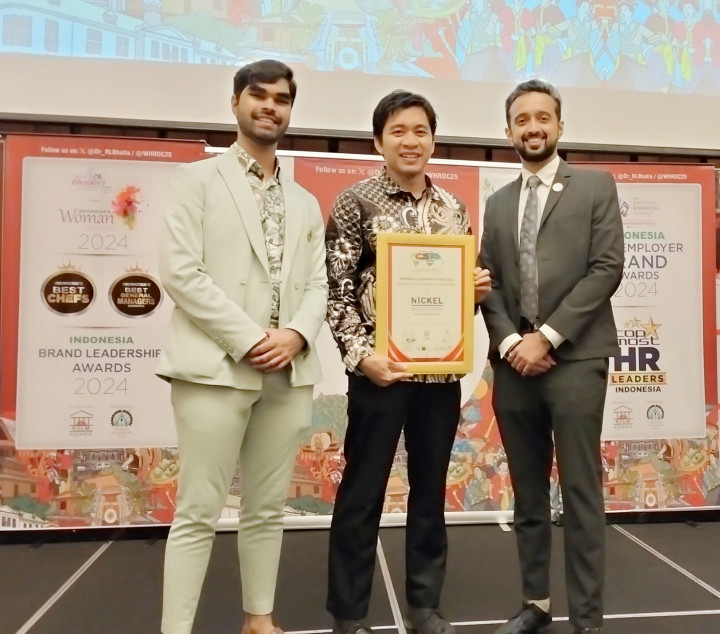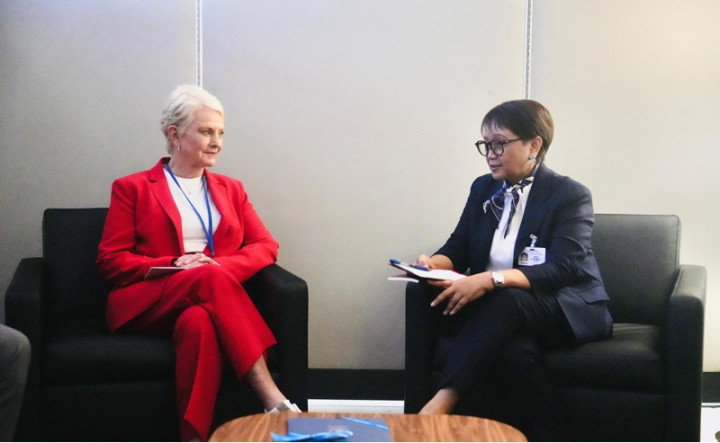Singapore: A new policy brief by the Asia-Pacific Economic Cooperation (APEC) Policy Support Unit calls for more vigorous development, adoption and investment in fourth-industrial-revolution technologies in the region to support member economies’ efforts in moving up the value chain, which will make them more resilient and increase economic gains.
The fourth industrial revolution refers to the integration of digital technologies in different sectors with inventions from a wide range of fields such as information technology hardware and software, connectivity, data management, user interfaces, power supply, as well as consumer goods, smart homes, vehicles and healthcare applications.
"Participating in global value chains is a common avenue for economies to join the global production and the innovation ecosystem, however we also know that the revenue generated from each stage of the value chain is not equally distributed," said Dr Akhmad Bayhaqi, a senior analyst with the Policy Support Unit.
Dr Bayhaqi explained the concept of the "smiling curve" in value chains, where the two ends of the smile—one end closer to the producer and the other closer to the consumer— have higher gain in terms of value-added compared to the middle point.
"This middle point is the labor-intensive manufacturing stage, which generally adds less relative value," he explained.
“In order to increase revenue and gains from participating in global value chains, member economies could move their position either upstream towards research and development activities, or downstream towards branding and marketing activities," he added.
This is where the development and adoption of fourth-industrial-revolution technologies play a role, according to the policy brief titled Digital Technology and Global Integration: Opportunities for Innovative Growth.
The level of technological advancement of an economy could influence its position in global value chains.
Investing in research and development, as well as labor upskilling, for example, can help member economies leapfrog to higher stages, while a more traditional approach, such as specialization, could help member economies incrementally build their technology and production capabilities as they move up value chains.
In 2019, the APEC region contributed around 80 percent, or USD 699 billion, of global exports of fourth-industrial-revolution products and 63 percent, or USD 533 billion, of their global imports.
China was the leading global exporter, followed by Chinese Taipei, Japan, Korea and Mexico.
On the import side, United States and China were the two main contributors, importing 24 percent and 21 percent, respectively.
Cek Berita dan Artikel yang lain di Google News
FOLLOW US
Ikuti media sosial medcom.id dan dapatkan berbagai keuntungan



















